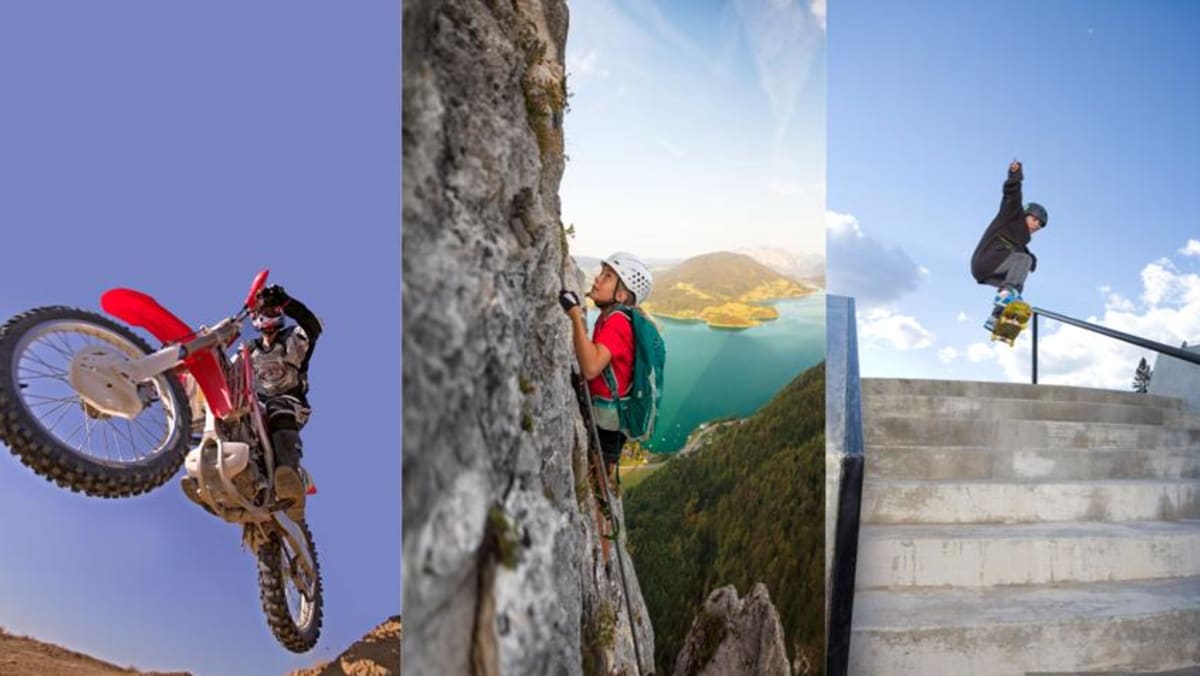Adults take up extreme challenges at their own risk. With children, it gets complicated. Firstly, they are not at legal age to make key decisions, and their parents undertake the responsibility instead.
Secondly, their physiology is different from adults. In some respects, they are superior to adults. Their ligaments and tendons are stronger, they have good anaerobic capacity, are lighter, more agile and have a lower centre of gravity.
Of course, they have disadvantages too. Their aerobic capacity has not peaked yet, they have fragile growth plates, their temperature regulation is not as precise as adults (making them more prone to hypothermia), and they are less experienced when it comes to assessing risk. On the whole, adults have the upper hand in the mountains.
The key concern in any discussion about children in extreme challenges or sports should be about safety. While we encourage children to explore their potential, we must also question whether they are physically and emotionally ready for the challenges they are undertaking.
Certain sports bodies take a paternalistic approach and impose a minimum age for competition, to protect the child athlete from injury. For example, one needs to be at least 18 years old to race in an Ironman Triathlon.
In artistic gymnastics, where the rigorous training involves repeated impact, young gymnasts are susceptible to injuries like distal radial epiphysitis. Also called gymnast’s wrist, this is where a major growth plate in the wrist is damaged from the repeated impact from tumbling and vaulting.
If ignored, the growth plate closes prematurely and the radial bone stops growing, ending up relatively shorter than the neighbouring ulna bone. The resultant asymmetrical growth is not only visible, it also alters the biomechanics of the wrist, leading to premature wear and tear (osteoarthritis) and long-term pain. It is therefore not surprising that the minimum age for competing in senior gymnastics events is 16 years old.
The growth plates are not the only susceptible body part in the young. In baseball pitching, the traction stress on the inside of the elbow can damage a developing bone (apophysis), leading to the Little League Elbow. With the same pitching action, the compression forces on the outside of the elbow damages another bone (osteochondrosis of the capitellum), leading to Panner disease in five- to 10-year-olds.
Non-impact, non-weight-bearing sports like swimming, on the other hand are kinder to the growing skeletal system, allowing safe participation, even at a very young age.
Indeed, Japanese swimmer Kyoko Iwasaki won the 200m breaststroke Olympic gold at the 1992 Barcelona Olympic when she was just 14 years old. Also at age 14, American Amanda Beard clinched a gold and two silvers at the 1996 Atlanta Olympics and enjoyed a long swimming career, going on to compete at the 2000, 2004, and 2008 Olympics.







